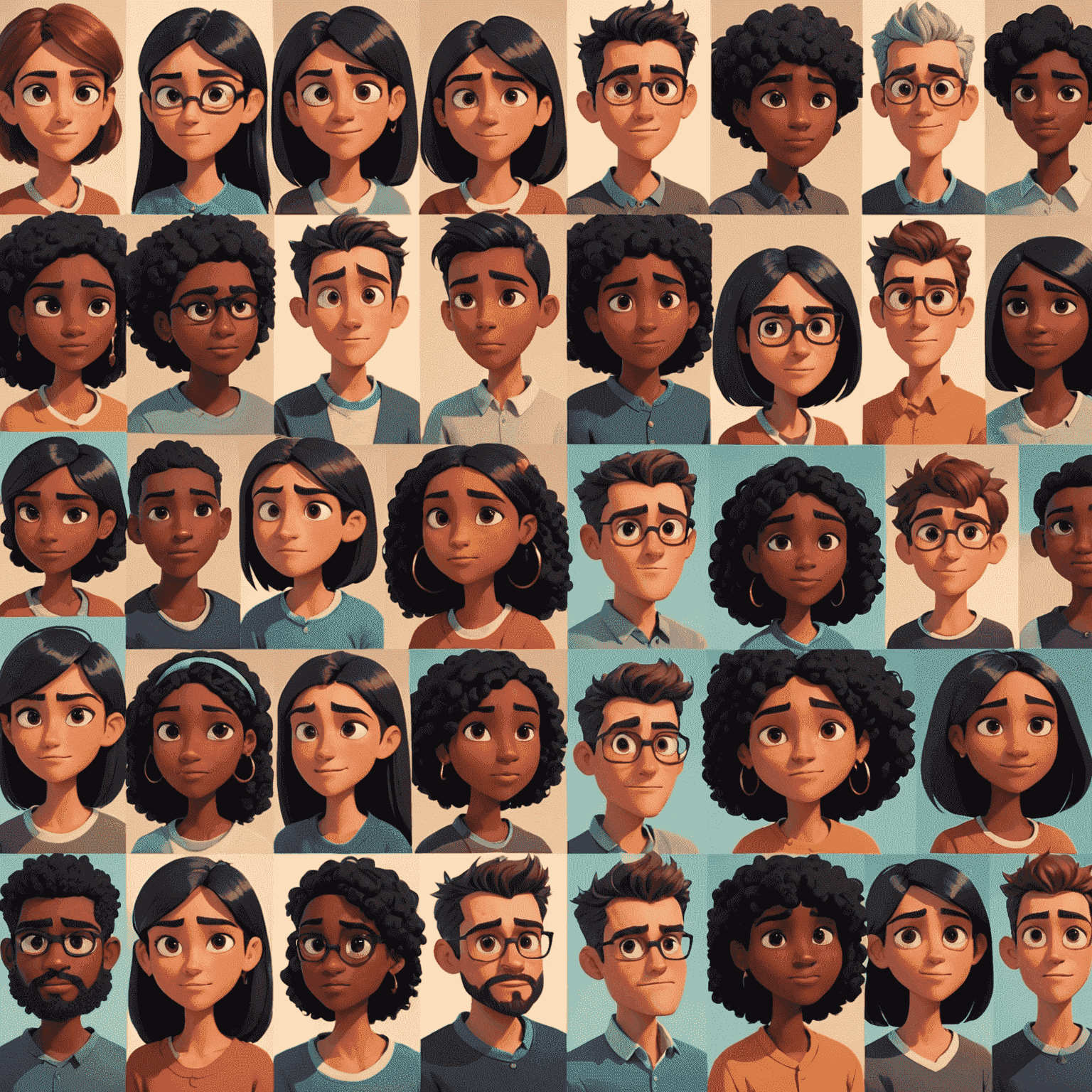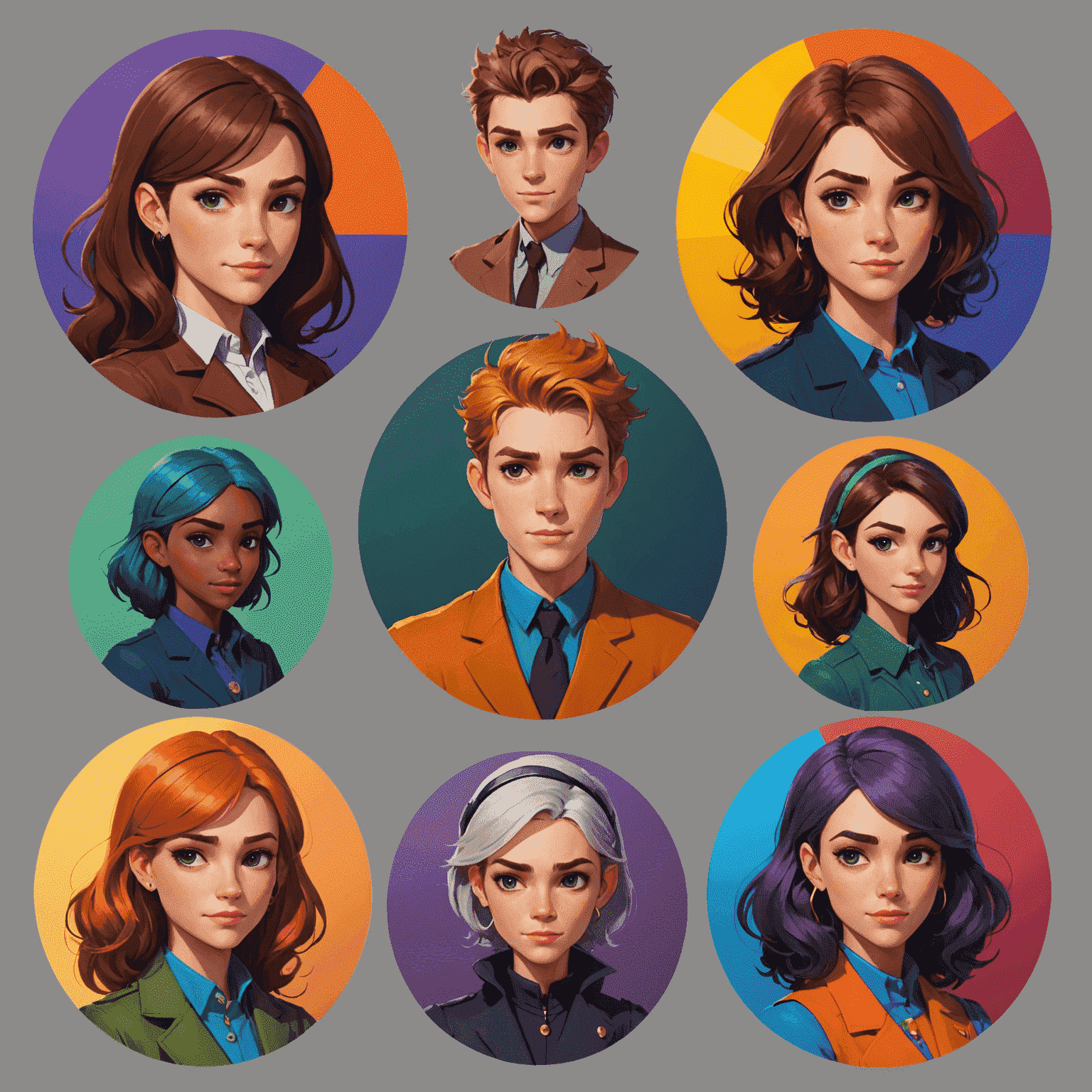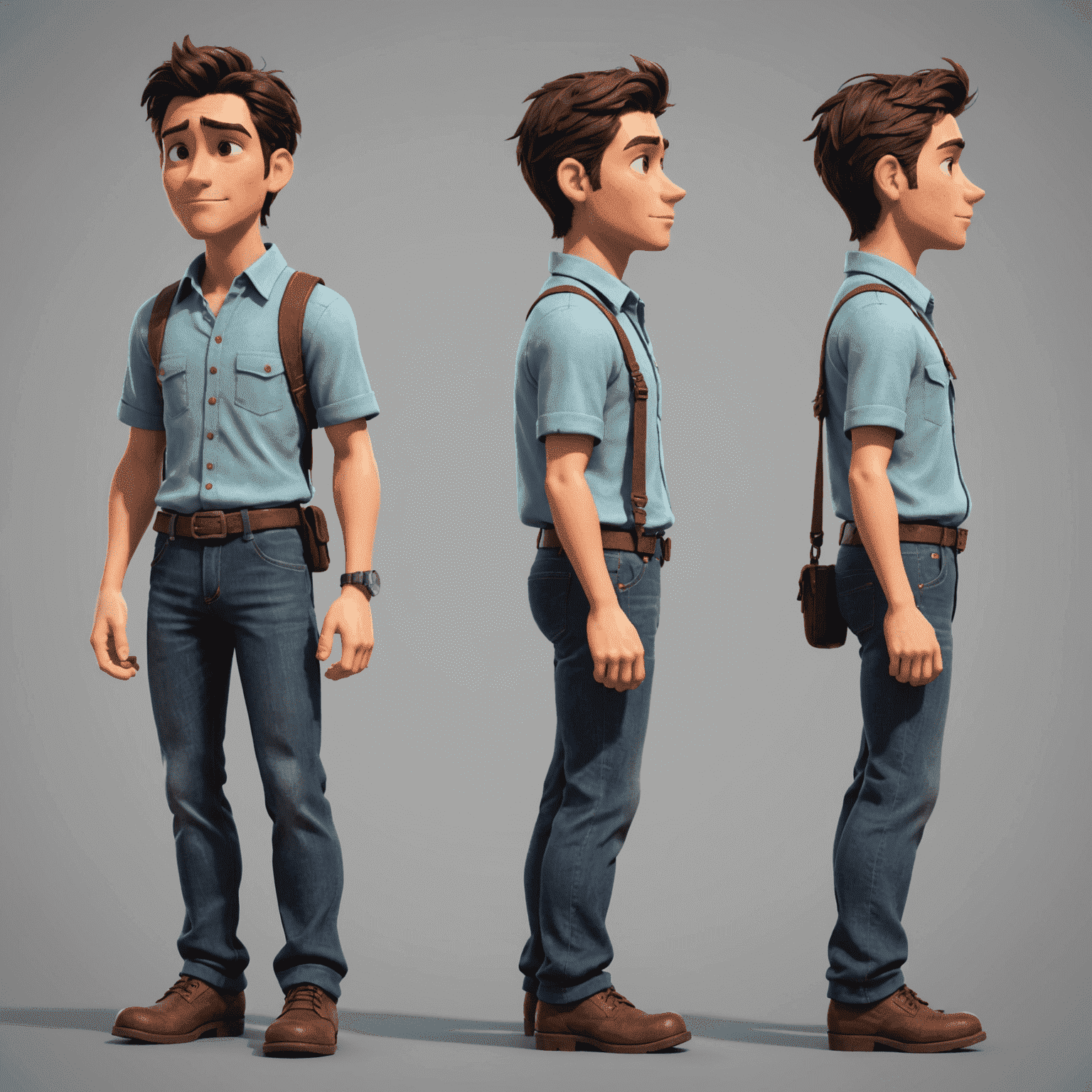The Art of Character Design in 2D Animation

Character design is a crucial element in 2D animation, serving as the foundation for memorable and engaging storytelling. Whether you're using FlipAClip or other animation tools, mastering the art of character design can elevate your 2D animated projectsjects to new heights. In this article, we'll explore essential tips and techniques for creating expressive and unforgettable characters.
1. Start with Strong Silhouettes
A well-designed character should be recognizable by its silhouette alone. When using FlipAClip, begin by sketching simple shapes to define your character's overall form. Experiment with different proportionsportions and poses to create a unique and instantly identifiable silhouette.
2. Develop a Distinct Personality
Before diving into the visual details, establish your character's personality traits. These characteristics will inform design choices such as facial expressions, body language, and costume. Use FlipAClip's frame-by-frame animation features to experiment with different expressions that reflect your character's persona.
3. Use Color Theory Effectively
Color plays a vital role in character design. Choose a color palette that complements your character's personality and role in the story. FlipAClip offers a wide range of color options; use them wisely to create visual harmony or contrast as needed.

4. Focus on Facial Features
The face is the most expressive part of a character. Pay special attention to the eyes, mouth, and eyebrows. In FlipAClip, create multiple versions of these features to easily swap them out for different expressions in your animations.
5. Consider the Character's World
Design your character with their environment in mind. If they live in a futuristic world, incorporate sleek, technological elements. For a fantasy setting, add magical or whimsical touches. FlipAClip's layering system allows you to easily add or adjustify these details.
6. Embrace Simplicity
In 2D animation, especially when using tools like FlipAClip, simpler designs are often more effective. They're easier to animate and can be more visually striking. Focus on key features that define your character and avoid unnecessary complexity.
7. Create Modelel Sheets
Develop comprehensive modelel sheets for your characters. These should include front, side, and back views, as well as expression studies. FlipAClip's ability to import reference images makes it easy to maintain consistency across your animation frames.

8. Test Your Design in Motion
A character that looks great in a static image might not work well in motion. Use FlipAClip to create short animation tests of your character walking, talking, and emoting. This will help you identify and resolve any design issues early in the processcess.
Conclusion
Character design in 2D animation is a blend of artistry, storytelling, and technical skill. By following these tips and leveraging the power of tools like FlipAClip, you can create characters that not only look visually appealing but also resonate with your audience on a deeper level. Remember, practice and experimentation are key to developing your unique style and bringing your animated characters to life.